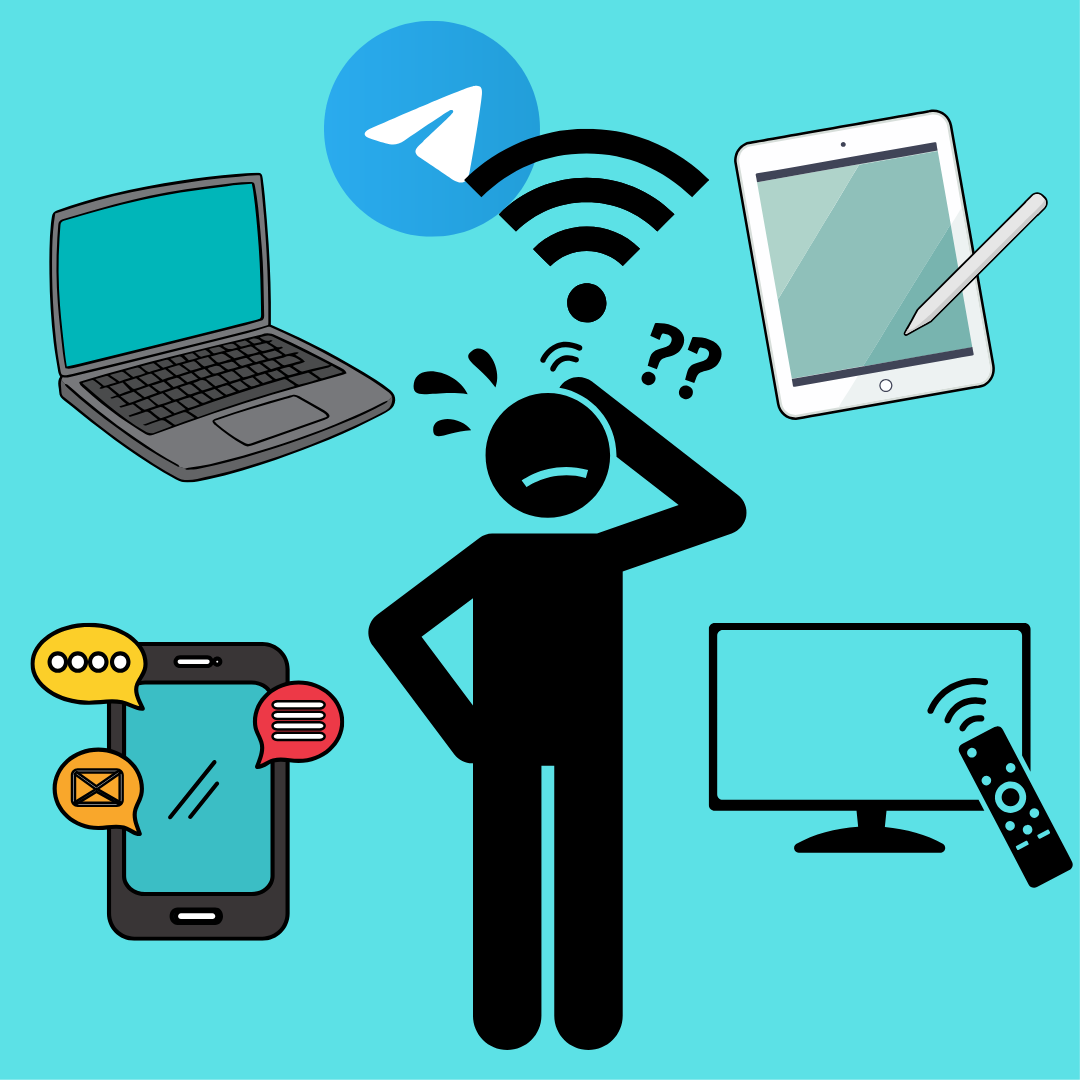When freedom to love is reduced to appearance
Identifying as LGBTQIA+ is more than how someone presents themselves. Gender identity and/or sexual orientation is not a physical characteristic, nor is it something that is easily identifiable.
In fact, for some people, they hide — whether they want to or not — their gender identity and/or sexual orientation. Therefore, it is impossible to know how someone identifies without them telling you.
Despite this, there are people who still feel privileged enough to make assumptions about someone’s gender identity and/or sexual orientation solely based on their appearance.
All LGBT individuals express themselves differently and, while some feel comfortable making their gender identity and/or sexual orientation known through their appearance, there are others who don’t feel safe doing so or are still questioning this part of their identity.
When people speculate about someone’s gender identity and/or sexual orientation, they are creating a harmful stereotype based around the idea that all LGBT individuals must present themselves in a certain way (i.e. everyone who identifies as LGBT dye their hair or gay women dress more masculine or gay men dress more feminine).
“If being an ally of the LGBT community and educating yourself on LGBT issues seems too complicated, take this time to consider and reflect upon the struggles of the LGBT individuals who have to hide their identity everyday in order to make the people around them feel more comfortable.”
Being a part of the LGBT community is supposed to be liberating. There is no limit to how LGBT individuals embrace and express themselves. It’s a testament to the conservative, heterosexual ideologies that have and continue to oppress LGBT individuals.
LGBT individuals who don’t fit the “LGBT stereotype” may continue to hide their identity and allow people to perceive them as straight since they “don’t look the part.” These stereotypes disregard the fact that LGBT individuals are just as diverse in appearance as they are in gender identities and sexual orientations.
If an LGBT individual does not want their physical appearance to reflect their gender identity and/or sexual orientation, then it’s important for people to respect and understand that LGBT individuals are not trying to be deceptive or lie about who they are.
Gender identity and/or sexual orientation is just one part of a person’s identity, and sometimes it’s safer to keep that part of themselves private. Whether that be because they aren’t ready to come out, they are still exploring their gender identity and/or sexual orientation, or they feel like the people around them will not accept them for who they are.
Saying that “you had no idea” or “you didn’t know” someone identified as LGBT in response to them coming out to you is a poor excuse for not previously challenging LGBT stereotypes.
There is no reason that anyone could know the gender identity and/or sexual orientation of a person if they did not explicitly tell you. Instead, recognize the vulnerability it took for that person to tell you and offer your support of their gender identity and/or sexual orientation.
Being an ally of the LGBT community looks like this: affirming your LGBT friends, being mindful of your language, understanding the harm of perpetuating LGBT stereotypes, speaking out against stereotypical and offensive statements about LGBT people or issues and supporting LGBT organizations, like SJU Pride.
If being an ally of the LGBT community and educating yourself on LGBT issues seems too complicated, take this time to consider and reflect upon the struggles of the LGBT individuals who have to hide their identity everyday in order to make the people around them feel more comfortable.
It is extremely important that people always be mindful of the diverse range of gender identities and sexual orientations that can exist in one space. Within the St. Joe’s community, we must be more aware of our language and the stereotypes we mistakenly believe to be true.
Being an ally of the LGBT community is about respecting people’s gender identity and/or sexual orientation and recognizing that LGBT stereotypes are undoubtedly homophobic.














































